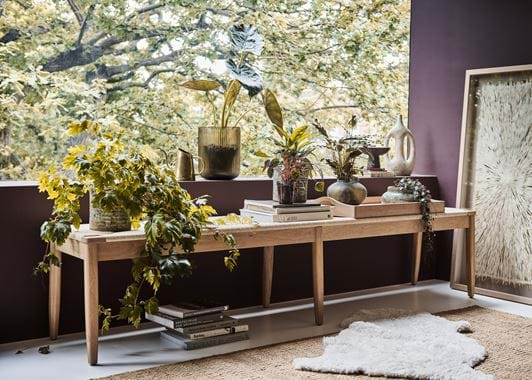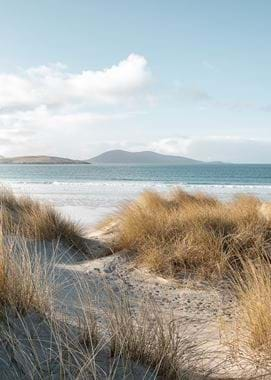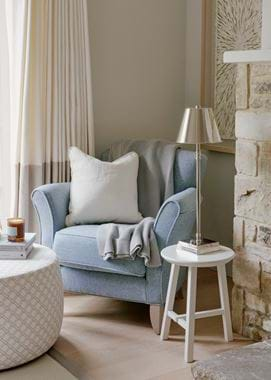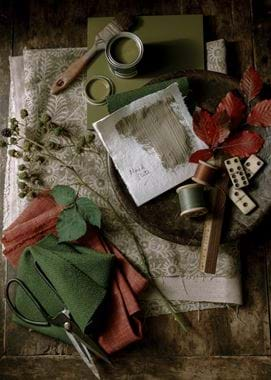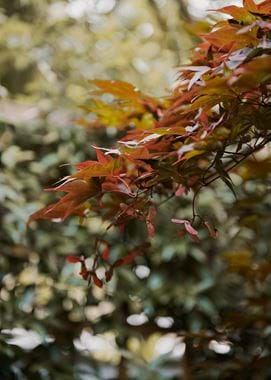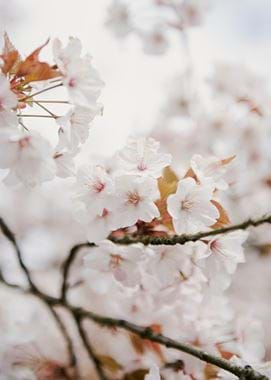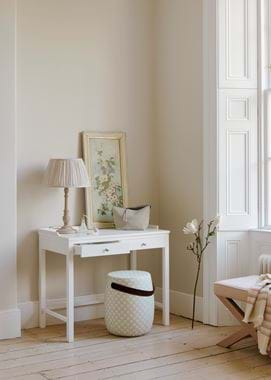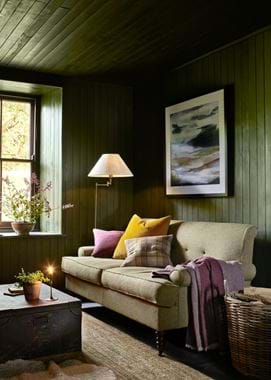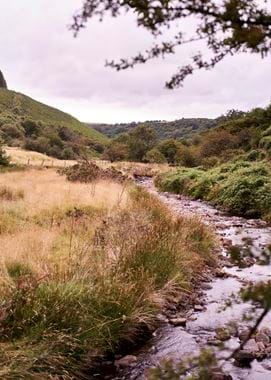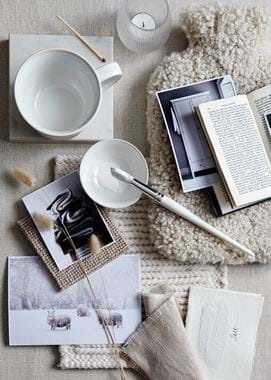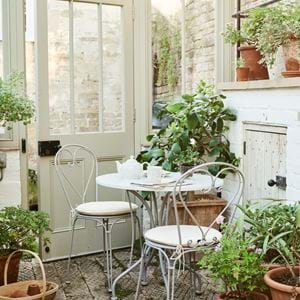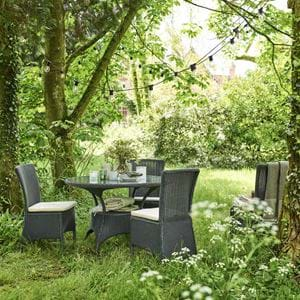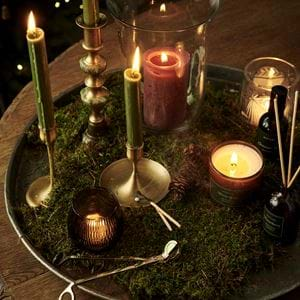Biophilia and connecting to nature
Biophilia and connecting to nature
Most of us feel good in nature. Ask people to imagine a place where they feel happy and relaxed, many describe a warm, sandy beach or a stroll in the woods. Some of us conjure up memories of camping under the stars, picnicking by a stream or seeing a magnificent, sweeping view. Whatever the nuances in description, we often talk about being in nature, looking at nature and interacting with nature.
That’s what ‘biophilia’ is. It’s the simple, core truth that humans need a connection with nature to be content. It’s the idea that people – since the beginning of time – must feel linked to their natural environment and the other living things in it to not only survive but to thrive. It’s a fundamental part of who we are.
The word ‘biophilia’ literally means ‘love of life’. It was first used in the 1960s by social psychologist Eric Fromm, in his book ‘The Heart of Man’, and then popularised two decades later by conservationist Edward Wilson. To understand why biophilia works, it’s important to know that, for the entirety of human existence, nature has provided all the resources we need to thrive: the sun gives us warmth, light, orientation and a sense of time; night gives us the cue to sleep and recuperate; plants give us food, medicine, materials for making things; trees give us shelter, firewood and timber for construction; animals give us companionship, labour and food; and streams and rivers give us water and washing.
Modern society, where most people live in densely populated, urban surroundings, is increasingly separating us from any meaningful contact with nature. But why should that matter? The answer is that we have discovered that there is a direct link between contact with nature and wellbeing. Studies have shown that having a connection with natural surroundings (from spending time in gardens to petting animals, forest bathing to looking at images of nature) can bolster memory, reduce anxiety and depression, improve concentration and significantly reduce stress levels. People also show physiological responses to nature, from lower heart rates and blood pressure to improved immune responses, reduced inflammation and better sleep patterns.
Best of all, nature can help us heal. Studies have shown that hospital patients whose beds look out onto a green space get better more quickly and with less pain relief than patients who don’t. Florence Nightingale knew this, two hundred years ago, when she scribbled, ‘I shall never forget the rapture of fever patients over a bunch of bright-coloured flowers…People say the effect is only on the mind. It is no such thing. The effect is on the body too.’
Biophilia and interior design
Of all the interiors we occupy, home is the most significant place we spend time and the place where we can make positive changes. With recent events, an increasing number of us are also now working from home; creating a space with biophilia in mind has the potential to not only lift your spirits, but actively improve your wellbeing, concentration and even productivity.
Biophilia touches so many aspects of home design. From decoration and furnishings to lighting, indoor plants, natural light, air flow, materials, views, sounds, textures, and heating. At its heart, however, there are three keys elements, which weave together to make a biophilic space:
- One is to ensure that your environment puts you in direct, physical contact with nature – whether it’s filling your house with flowers and plants, enjoying a real fire or making sure your home office and bedrooms are awash with fresh air.
- The next is to embrace as many different things in your living space that remind you of nature – this could be natural patterns, colours, materials and textures.
- And the third is to live in a way that helps you connect to natural rhythms and outside spaces – this could be eating more seasonally, letting in more natural light and making the most of outdoor views.
Colour
Let’s take colour, for instance. The way we perceive colour is a complex mix of psychology, physiology and cultural background. The colour pink, for example, holds different meanings and incites different reactions in people. We need to take a more intuitive approach to colour based on how the different colours in nature instinctively make us feel. If we take the natural world as our cue, we can at least try to mimic some of the elements in nature that seem to make us feel good. Think about the variety and ratio of colours in the natural environment. If you were to decorate a space using colours taken from our experience of nature in the northern hemisphere, the predominant hues would be sea whites and greys, warm earthy tones, sky pinks, gentle blues and soft greens.
Light
Lighting is also key. Daylight isn’t the same throughout the day. It’s dynamic; it fluctuates in terms of brightness and produces different patterns of shade. Natural light varies in colour, from bright, blue-rich daylight to soft, red-based light in the evenings. Daytime blue light tells our bodies it’s time to be wide awake and busy; the warmer, redder evening light triggers our natural urge to relax and get ready for sleep. That’s why it’s so important to let in as much natural light as possible during the day but also, come the evening, use artificial light that is warm and rich in colour. It also explains why smartphones, tablets and many other devices – which emit blue light – interfere with our ability to feel sleepy.
Natural materials
Another key area is to use natural materials that are as minimally processed as possible. On a sustainable level, using materials that have a low carbon footprint or don’t use toxic processes has to be good for the environment. On a biophilic level, humans respond in a different way to materials that are close to their natural state than materials which are highly artificial. Living spaces that incorporate lots of natural materials give us a direct connection to the outside – whether it’s the touchable texture of a wooden table top, crisp linen soft furnishings, or the luxurious feel of a wool or cashmere blanket. Recreate an interior that gives you the opportunity to physically experience lots of different natural materials – by touching them, walking on them, lying on them, seeing them, smelling them and so on.
As architect Frank Lloyd Wright famously said, ‘Study nature, love nature, stay close to nature. It will never fail you.’ He couldn’t have been more right.
Sally Coulthard is author of ‘Biophilia: You + Nature + Home’ as well as lots of other favourite books of ours including her latest, ‘The Barn: The Lives, Landscape and Lost Ways of an Old Yorkshire Farm’. Her next, ‘The Book of the Barn Owl’ will be released in March 2022.

